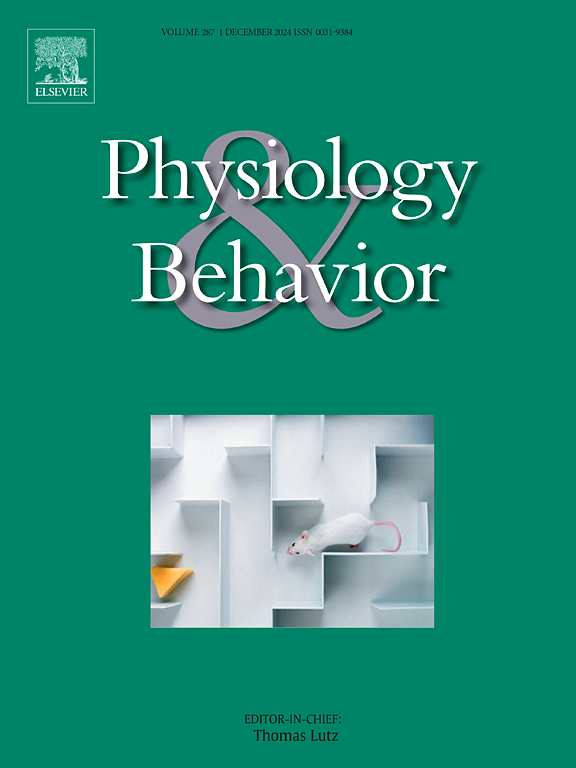Neural correlates of Chinese taste metaphor processing
IF 2.5
3区 医学
Q2 BEHAVIORAL SCIENCES
引用次数: 0
Abstract
Taste metaphors, such as “bitter truth”, are a common form of figurative language used in everyday life. It has been demonstrated that emotional valence influences metaphor processing. While Chinese is rich in taste-related expressions, studies exploring the neural correlates of taste metaphor processing in Chinese are limited. To address these questions, we enrolled 27 participants who read positive and negative taste metaphor sentences, synonymous literal sentences, and taste literal sentences during fMRI scanning. The results showed that: (a) in the contrast between taste metaphors and literal expressions, heightened activation was observed in the frontal-occipital-parietal brain regions (i.e., the middle frontal gyrus, left middle occipital gyrus and bilateral precuneus), confirming the involvement of these areas in metaphorical language comprehension; (b) taste metaphors exhibited increased functional connectivity within taste-related regions (i.e., including the parietal operculum and anterior cingulate gyrus) compared to synonymous literal sentences, and enhanced connectivity between taste-related (i.e., insula) and metaphor-processing brain regions (i.e., inferior frontal gyrus) compared with taste literal sentences; (c) compared to taste literal sentences, negative taste metaphors activated a broad network including the precuneus and cingulate cortex, while positive metaphors engaged the left angular gyrus. These findings suggested a unique neural signature for processing taste metaphors in Chinese, which was influenced by emotional valence and supported the embodied cognition framework.
汉语味觉隐喻加工的神经关联。
味觉隐喻,如“苦涩的真理”,是日常生活中常用的比喻语言形式。研究表明,情绪效价影响隐喻加工。虽然汉语有丰富的味觉相关表达,但对汉语味觉隐喻加工的神经关联的研究却很有限。为了解决这些问题,我们招募了27名参与者,让他们在fMRI扫描期间阅读积极和消极的味觉隐喻句子、同义字面句子和味觉字面句子。结果表明:(a)在味觉隐喻与字面表达的对比中,大脑额-枕-顶叶区域(即额中回、左枕中回和双侧楔前叶)的激活增强,证实了这些区域参与隐喻语言理解;(b)与同义的字面句子相比,味觉隐喻在味觉相关区域(包括顶盖和前扣带回)中表现出了更强的功能连通性,与味觉字面句子相比,味觉相关脑区(即脑岛)和隐喻处理脑区(即额下回)之间的连通性也有所增强;(c)与味觉字面句子相比,消极的味觉隐喻激活了包括楔前叶和扣带皮层在内的广泛网络,而积极的隐喻则激活了左角回。这些发现表明汉语味觉隐喻加工具有独特的神经特征,该特征受情绪效价的影响,支持具身认知框架。
本文章由计算机程序翻译,如有差异,请以英文原文为准。
求助全文
约1分钟内获得全文
求助全文
来源期刊

Physiology & Behavior
医学-行为科学
CiteScore
5.70
自引率
3.40%
发文量
274
审稿时长
47 days
期刊介绍:
Physiology & Behavior is aimed at the causal physiological mechanisms of behavior and its modulation by environmental factors. The journal invites original reports in the broad area of behavioral and cognitive neuroscience, in which at least one variable is physiological and the primary emphasis and theoretical context are behavioral. The range of subjects includes behavioral neuroendocrinology, psychoneuroimmunology, learning and memory, ingestion, social behavior, and studies related to the mechanisms of psychopathology. Contemporary reviews and theoretical articles are welcomed and the Editors invite such proposals from interested authors.
 求助内容:
求助内容: 应助结果提醒方式:
应助结果提醒方式:


